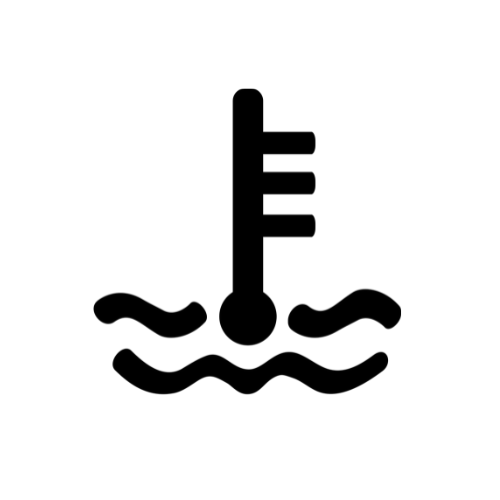How Many Bottles of Coolant Do I Need? – A Quick Guide
You typically need one bottle of coolant for a regular car. Larger vehicles may require two. Proper coolant levels are crucial for your vehicle’s performance and longevity. The right amount of coolant helps regulate engine temperature, preventing overheating and potential damage. It’s essential to follow your vehicle manufacturer’s recommendations for coolant type and quantity. Be…
